May 27, 2016
Guppy Love: 5 of the Weirdest Ways Marine Animals Reproduce
BY: Allison Guy
Love is a many-splendored thing, and nowhere is it more splendid — or strange — than in the ocean. For marine animals, reproduction involves not just romance, but also fencing, sex change, and cannibalism. From worms to whales, the mating strategies of these five animals are among the strangest in the sea.
5. Marine flatworms: Dueling for pregnancy
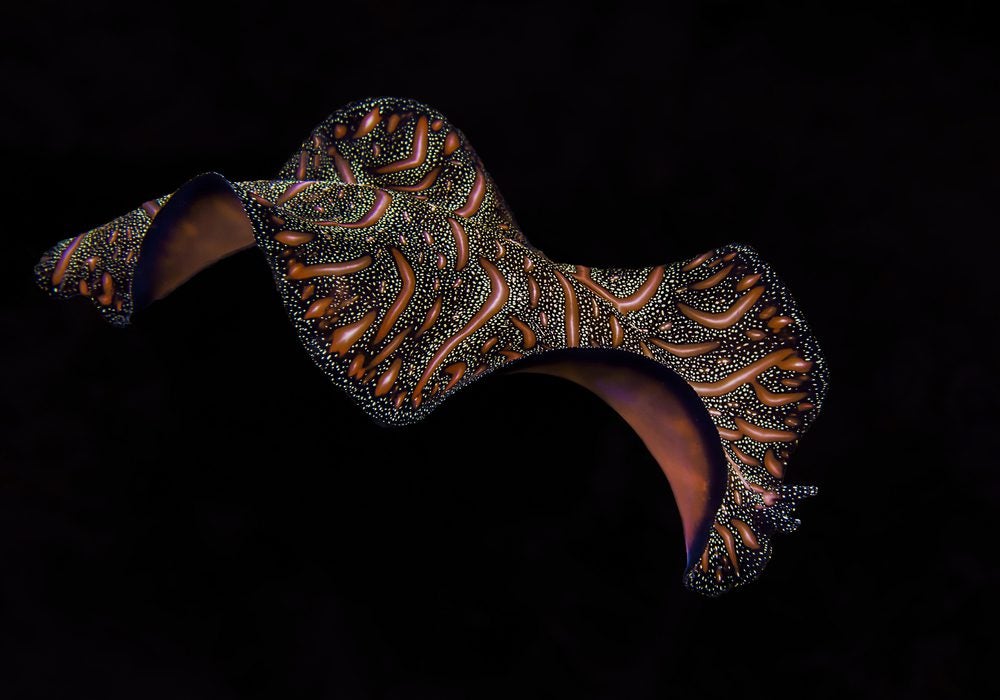
Marine flatworms, like the Persian carpet flatworm, are known for their bright colors — but their sex lives might be even more colorful.
Each worm is a hermaphrodite, meaning it has both male and female reproductive organs, and comes equipped with two-headed penises. When a pair of amorous worms meet, they “fence” with their penises, each attempting to stab and inseminate the other while dodging incoming jabs. The loser of these duels gets fertilized and has to carry the eggs, while the victor gets away with no parental responsibilities.
When a pair of amorous worms meet, they “fence” with their penises, each attempting to inject sperm into their partner while avoiding getting inseminated themselves. These duels, which can last up to an hour, are so rough-and-tumble that both worms may suffer from permanent stab wounds.
Researchers think flatworms evolved this elaborate sexual battle because being pregnancy comes at a high cost in terms of energy and effort.
4. Larger Pacific striped octopus: Mating beak-to-beak
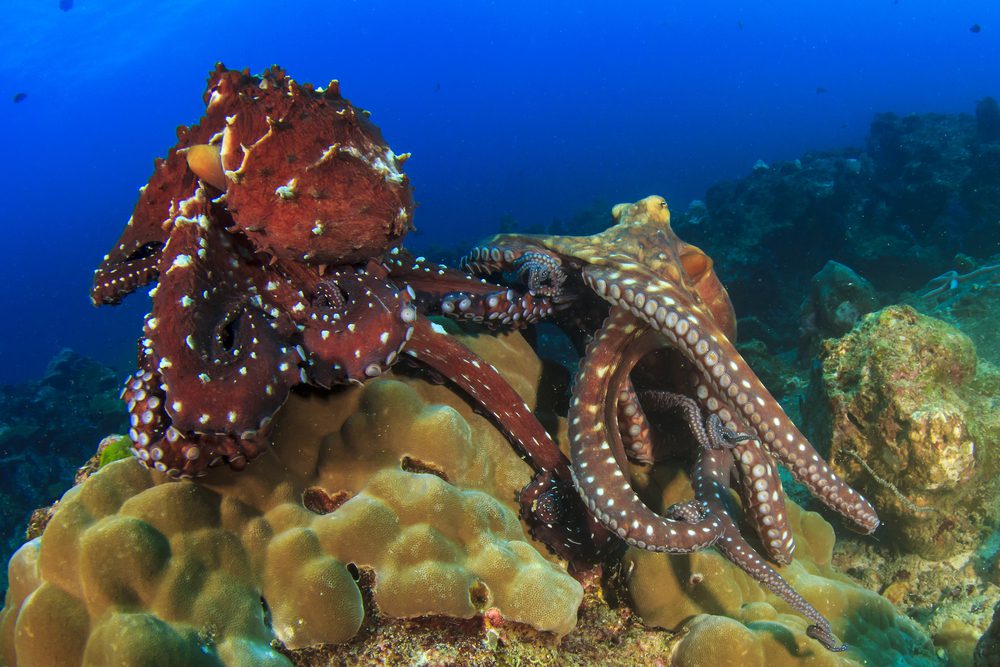
The typical octopus leads a solitary life, and for good reason. Many species engage in cannibalism, even during mating!
In Palau, one female big blue octopus (Octopus cyanea) mated with a male 13 times and then strangled and ate him. And over at the Seattle Aquarium, the 2016 Valentine’s Day mating for its giant Pacific octopuses was scrapped over fears that the enormous male might prefer to devour his date.
But the Larger Pacific Striped Octopus is different. males and females mate in a surprisingly intimate “beak-to-beak” embrace. They have also been observed sharing dens and possibly feeding each other. And, while most octopuses die shortly after reproduction, the Larger Pacific Striped Octopus females lay clutches of eggs for up to six months. This gives them multiple mating opportunities where their cousins have just one.
And, while most female octopuses die soon after their eggs hatch — and the males die soon after mating — the larger Pacific striped octopus lays clutches of eggs for up to six months. This gives them multiple mating opportunities where their cousins have just one.
3. Palolo worms: When the moon hits your eye like a big mucus pie
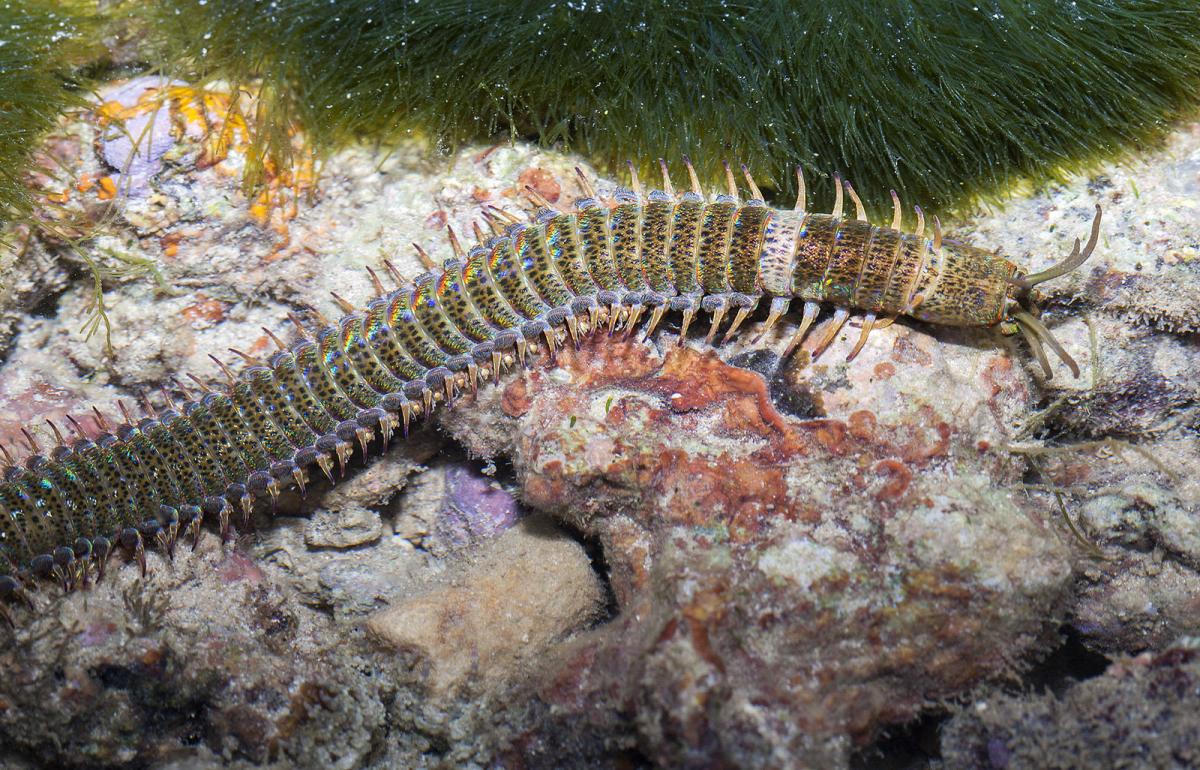
Every year on the coral reefs in the shallow waters of the South Pacific, when the moon is just right for romance, swarms of palolo worms rise to the sea’s surface – well parts of them do. These worms have grown a special segment on their backside filled with eggs or sperm. The segments break off and rise to surface to release gooey clouds of reproductive material.
These “risings” are a cause for local festivities. The gelatinous worms can be fried, baked or eaten raw, and reportedly taste like caviar.
Meanwhile, the front half of the worm stays behind in hard corals and rocks.
2. Bluebanded goby: It’s good to be king, then queen, then king again
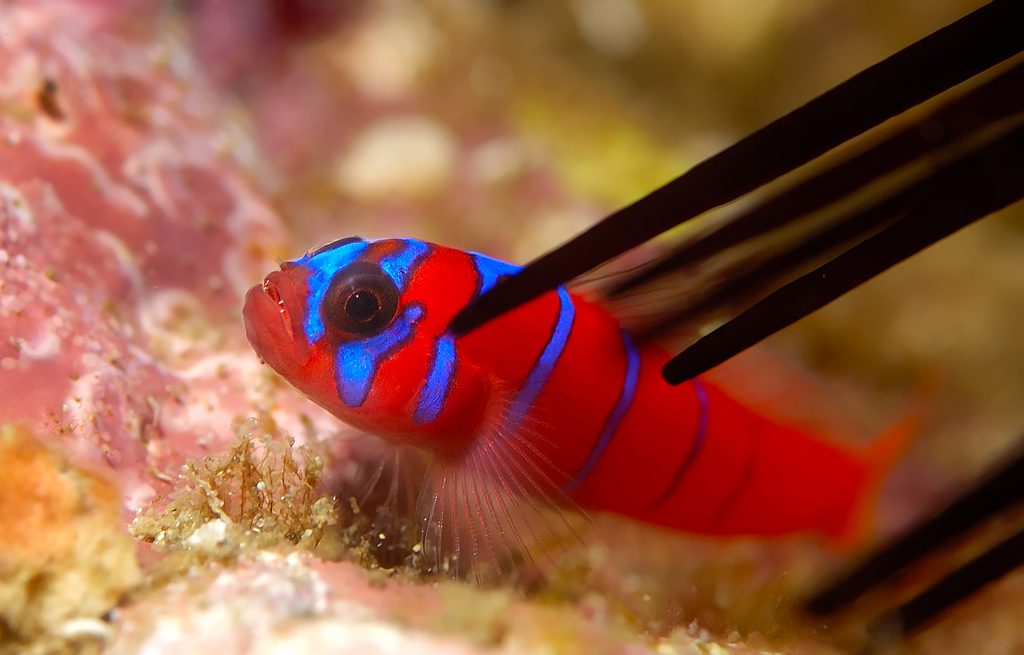
For many fish species, changing sex is a part of life, but bluebanded gobies take it to the next level!
Bluebanded gobies (Lythrypnus dalli) are These highly social tropical fish live in groups led by a dominant male – the largest fish in the group – while the rest are female.
For these gobies, it’s good to be king. The larger the male, the higher his chances of reproduction. When the male dies, the biggest female in the group will change sex and take over as the dominant male.
In the event that a group of males find themselves with no females handy, some can switch back to being female. For these territorial fish, it seems to be easier to change sex than to change their home!
1. Right whale: A testament to testes
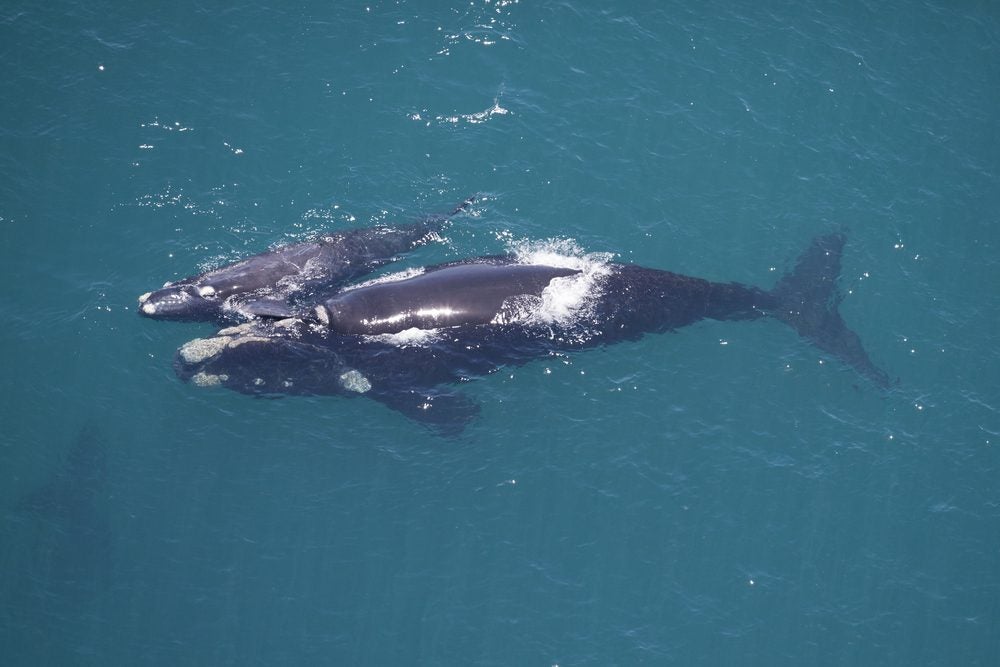
Right whales may not be the largest animals in the ocean, but they do set a size record in another regard. Male right whales have the largest testicles of any creature on earth, each weighing about 1000 pounds (500 kg).
Unlike many mammals, male right whales don’t fight for mates – they have a different type of competition.
Since female right whales mate with multiple partners during the breeding season, the male that produces the most sperm has the best shot at fatherhood and passing on his genes!
As these five creatures prove, making love can look a lot like making war — but tenderness can be found in the most unexpected places. Next time you give a wedding toast, dispense with the humdrum “lovebird” comparisons, and instead wish the newlyweds a lifetime of love like a larger Pacific striped octopus.



